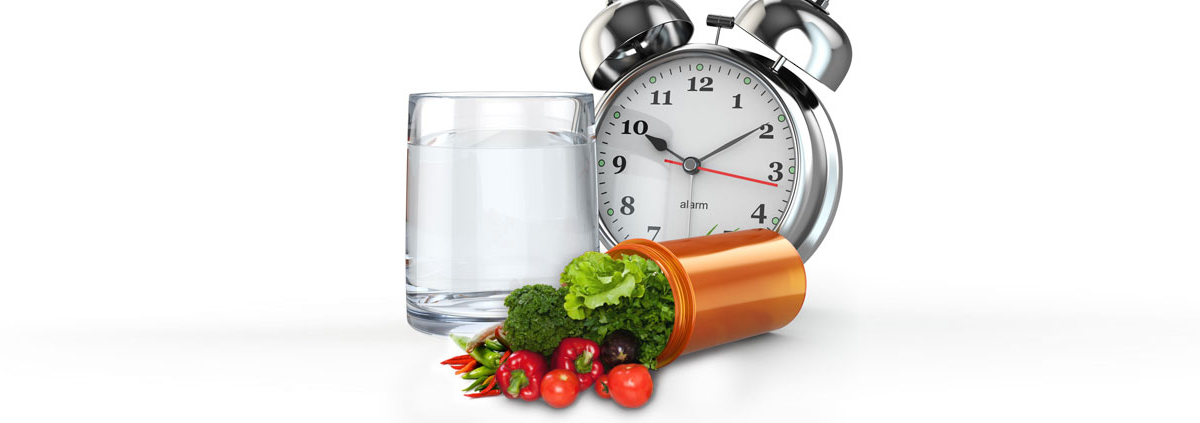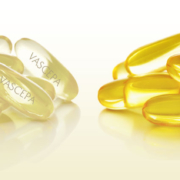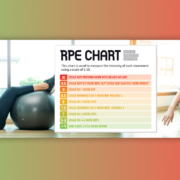What Would You Invest in a Healthier Diet?
Would you eat more vegetables and fruit if your health insurance paid for it? How about an overall healthier diet that also included whole grains, nuts and seeds, fish, and healthy oils? Would you eat healthier if it didn’t cost you more?
Researchers from Tufts and Harvard examined the potential cost and benefits of subsidizing 30% of the costs of both approaches in Medicare and Medicaid programs. This was a computer simulation using data from NHANES on dietary intake and the relationship to cardiovascular disease and type 2 diabetes. They used the CVD events and mortality data and the current costs of treatment. Then they created models, one with increasing vegetable and fruit intake and another increasing all the aforementioned food, to find out if a healthier diet would affect disease events, deaths, and costs associated with the treatments.
Their estimates found that over a lifetime, the vegetable and fruits model would prevent 1.93 million CVD events and 350,000 CVD deaths while saving $40 billion in healthcare costs. The healthy food model would prevent 3.28 million CVD cases and 620,000 CVD deaths, prevent 120,000 diabetes cases, and save $100 billion in healthcare costs.
However, the net cost of the first model—subsidies minus healthcare savings—would be $84 billion while the second would cost $111 billon. It would improve the quality of life, but at a price. It’s easy to get lost in big numbers so let’s bring it down to the individual. After deducting healthcare savings, it would cost $110 per person per year for the fruit and vegetable subsidy and $185 per person per year for the healthy foods model. Does that seem like a reasonable investment for a healthier life for everyone?
The unknowns are whether physicians would actually write the prescriptions for foods; they’re not known for their nutrition knowledge and have a tendency to look for a pharmaceutical solution. But I think that’s minor; the real unknown is whether people will actually buy healthier foods and eat them.
We’ll find out: $25 million has been set aside in the 2018 Farm Bill to run pilot programs. It will be years before we know the results, but it’s a start to see if the theoretical will meet the actual.
The Bottom Line
Using food to improve health and quality of life makes sense. Whether having insurance companies or government pay 30% for healthier foods will work, I’m not convinced. I get the reduction of CVD events and deaths that could potentially be saved and the reduction in healthcare costs, but I question the $100 billion price tag without a public health education program to go along with it. Maybe a better approach would be to invest in the public health education program to teach people and physicians how they can use food to be healthier.
But now you know how a healthier diet could affect your life. What are you prepared to do today?
Dr. Chet
Reference: PLoS Med 16(3): e1002761. https://doi.org/10.1371/journal.pmed.1002761.









